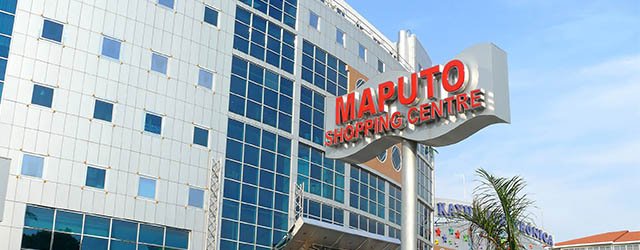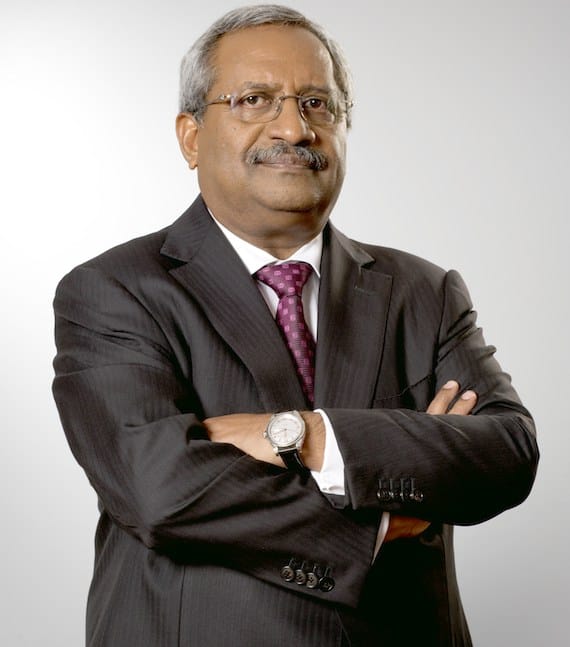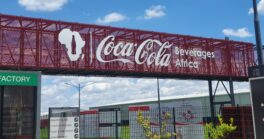Country Report

Mozambique is the current star in Africa’s rising inward-investment constellation.

For much of the last quarter of the 20th century, Mozambique was a war zone. Today the only war on its horizon is a bidder’s war, as investors salivate over the opportunities this Southern African country offers. Mozambique’s abundant natural resources have raised the country’s attractiveness and status as an investment destination, and as investors seek low-hanging fruit, the Southern African nation looks set for a steep increase in direct and indirect capital inflows.
Its coal, both metallurgical and thermal, mined in Tete province, is in high demand at steel and power plants in India, China and other countries. In the Rovuma Basin, Mozambique has found oil and trillions of cubic feet of natural gas. It is the largest natural gas discovery to have been made in a decade.
Global companies and operators have poured into Mozambique. Many are deploying equipment to explore and prospect on concessions won in competitive bids. Some are building plants to commence production, while others are already in expansion phases. Still many more are joining the queue to secure a piece of the pie. With this frenzy of activity, only a few years separate Mozambique, once ravaged by civil wars, from joining the league of big earners from natural resources.
One key step to realizing that goal is the building of a liquefied natural gas facility to handle tanking and export—which is now in the development stage and involves a partnership between the government and various domestic and international firms. “An economic study, issued by Standard Bank, on the impact of an LNG facility shows that a six-train plant would add $39 billion to the local economy by 2035, with over 700,000 employment opportunities set to be directly and indirectly generated by this project,” Yvette Babb, fixed-income and currency strategist Africa, at Standard Bank, notes.
Early Movers
Foreign companies that moved in early in the oil and gas sector include Eni of Italy and Anadarko Petroleum of the US. Both are operating concessions close to each other in the prolific Rovuma Basin. Anadarko operates Offshore Area 1, estimated to hold 65 trillion cubic feet of natural gas, while Eni operates Offshore Area 4, said to hold about 75 trillion cubic feet of gas. The first LNG export from these fields, being jointly developed, is expected in 2020.
The allure of these opportunities has led to a maze of joint venture partnerships involving foreign companies and the state-run oil company, Empresa Nacional de Hidrocarburos. “The Rovuma Offshore Area 4 was concessioned to Eni with 50%, ENH with 10%, Kogas [Korea Gas] with 10%, Galp Energia with 10% and CNPC [China National Petroleum Corporation] with 20% of interest,” the National Petroleum Institute [INP], which regulates oil and gas exploration and prospecting in the country, explained in a February 2013 statement on its website. All operators in the oil and gas industry are required by law to partner with ENH.
CNPC later bought a 20% stake in Eni’s Area 4 concession for $4.2 billion. Similarly, Thai state-owned PTTEP took an 8.5% stake in Cove Energy in Offshore Area 1, operated by Anadarko, for $1.9 billion in 2012.
GFMag.com Data Summary: Mozambique
Central Bank: Bank of Mozambique |
|||
|---|---|---|---|
|
International Reserves |
$3.353 billion |
||
|
Gross Domestic Product (GDP) |
$15.311 billion |
||
|
Real GDP Growth |
2011 |
2012 |
2013 |
|
GDP Per Capita—Current Prices |
$592.67 |
||
|
GDP—Composition By Sector |
agriculture: |
industry: |
services: |
|
Inflation |
2011 |
2012 |
2013 |
|
Public Debt (general government |
2011 |
2012 |
2013 |
|
Government Bond Ratings |
Standard & Poor’s |
Moody’s |
Moody’s Outlook |
|
FDI Inflows |
2011 |
2012 |
2013 |
| Source: GFMag.com Country Economic Report, IMF | |||
In October 2014, Mozambique held its fifth oil and gas licensing round to auction 15 additional blocks to international oil companies. Eleven of these offshore blocks were located in the Rovuma, Angoche and Zambezi basins, with the other four blocks being in the Pande-Temane and Palmeira basins. The success of that licensing round demonstrates Mozambique’s attractiveness to investors and is expected to positively affect the economy going forward.
INP gave bidders up to January 2015 to submit their applications, and they are expected to make their presentations in February. It will evaluate the bids between February and March, after which successful bidders will be notified to discuss concession agreements and final awards.
“The additional granted gas and oil licenses and related future additional investments will boost Mozambique’s GDP in the coming decades, allowing the country to continue to post significant growth rates, and therefore expected improvements for the vast majority of the population,” Ibraimo Ibraimo, CEO of Moza Banco, one of Mozambique’s lenders, says. “Along with direct job generation due to these major projects, it is expected that a relevant set of SMEs will emerge and benefit from the demand that investments [in the] oil and gas sector will generate [transportation, logistics, real estate, financial services and others].”
The partnerships in project development also extend to coal mining, where Mitsui, Japan’s second-largest commodities trading company, plans to invest $1 billion in Brazilian company Vale’s projects in Mozambique, including a mine and coal transportation project. Mitsui also holds a stake in Anadarko’s Mozambique gas concession. Vale, one of the early movers into Mozambique, operates through its local unit, Vale Mozambique, in Moatize, in Tete province. The first phase of its Moatize plant began production in 2011.
Indian coal companies are also quite active in Mozambique’s coal industry. Coal India, the state-owned company, has two concessions on A1 and A2 mining blocks, also situated in the Moatize district of Tete province. Another Indian company, International Coal Ventures, has operations in Benga and Tete. Early mover Rio Tinto recently left Mozambique and sold its mining license, notes Ibraimo.
To accelerate funds mobilization into the economy, Mozambique needs to deepen its financial markets, according to Banco’s Ibraimo. The banking sector is highly concentrated, with the top five banks (out of 18) controlling 85% of the market, he says. “It’s a competitive and diversified market which is yet far from reaching a maturity stage. This will enable the sector to keep posting considerable growth rates in the coming years.”
The capital markets are also at an elementary stage, says Babb of Standard Bank. The government securities market is not well developed, nor is there a yield curve that could help the pricing of financial securities. Bolsa de Valores de Mozambique, the exchange established in 1999, has 32 securities listed on it, but only four are equities, with 28 bonds. The thin capital markets limit participation of foreigners: The only liquid instrument international investors can actively trade in is the Loan Participation Note that was issued on the back of bank loans to a government fishing subsidiary, which trades like a eurobond, says Babb.
BEYOND OIL
According to Ibraimo, the country should, “along with investments in the oil and gas sectors, develop a significant range of economic and social fields,” such as infrastructure, logistics, energy and transportation, and also strengthen its current capacities in education, health services and agriculture. This approach would enable the country to achieve a sustainable and inclusive growth, he said. The World Bank forecasts the Mozambican economy will expand by 8.6% in 2015.
To sustain the interest of foreign investors, the country needs to maintain and reinforce political stability and promote a business-friendly environment. This would encourage sustainable growth, says Ibraimo.



